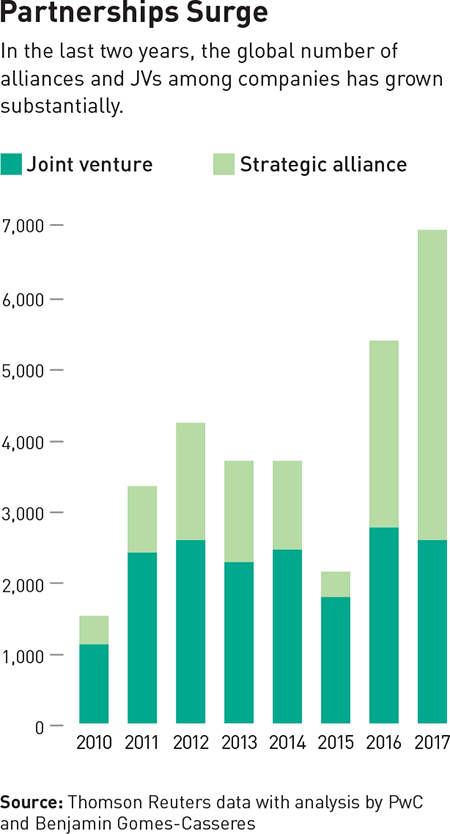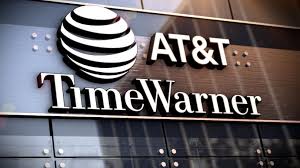By Ben Gomes-Casseres | Originally in HARVARD BUSINESS REVIEW |
It took over a year to for Microsoft and Yahoo to to forge their alliance in the internet search and advertising business (not counting the previous time the new partners were eyeing each other from across the room). Hence you’d expect a powerful combination of assets, structured to deliver value to users and shareholders. Guess again.
This alliance is fraught with problems.
Concretely, the biggest change you will see is “Bing” next to “Yahoo” on your searches on both companies’ websites. In other words, Microsoft bought some market share, or at least eyeballs, for its new search brand. But are we really that impressed to see another “powered by Microsoft” tagline on our screens? (The real risk for Microsoft is that “powered-by-Google” will begin to appear on more smart phones, netbooks, and even PCs.)
Yahoo and Microsoft also promise that the increased scale of their joint operation will allow them to innovate more rapidly. But let’s consider some simple numbers. A company with (flat) sales of $60 billion forms a limited-scope alliance with one with (declining) sales of $7 billion. Does that look like the kind of increased scale that will boost innovation? I guess if Fiat can be heralded as the savior of Chrysler, any combination sounds good. But, remember: the opposition here is not GM (government-managed bankruptcy); it is Google ($22 billion in sales and growing).
We don’t have all the details of the alliance, but what we have is not encouraging. The deal is for 10 years. That sounds impressive if you don’t know that most alliances — especially those in the internet world — don’t last half that long. The companies will cooperate on technology and search. But they will keep separate web presences, separate sales forces, separate user data, and so forth. No wonder that they expect implementation to take 24 months — an eternity in Google Standard Time.
Then there’s the pre-nuptial agreement on what is left out of the alliance: “each company’s web properties and products, email, instant messaging, display advertising, or any other aspect of the companies’ businesses.” We are told that “in those areas, the companies will continue to compete vigorously.” Ah, co-opetition — the defensive shield of partners unwilling to commit — surfaces yet again. Google will rest easy; after all, it has its sights on precisely these areas where the new partners agree to fight each other to the death.
It may be surprising that the PhDs at Yahoo and Microsoft could not come up with a smarter deal. But it shouldn’t be. Business combinations are fraught with emotions that interfere with strategic thinking. Even when partners intend to create joint value, govern a combination efficiently, and share returns equitably, these goals easily get overshadowed by dysfunctional thoughts. Like control and independence. Pride and arrogance. Secrecy and defensiveness.
Business combinations such as this one are not new. But they are new to Microsoft and Yahoo. Neither company has enough experience in this field to have developed brains that rule their hearts. Both have a tradition of being technology darlings and dominating their markets. Their minds — and more importantly their hearts — are set.
So what is the new couple to do? First, admit that neither of them has all the answers. Second, look outside for best thinking on how to manage their new relationship (even if this means Microsoft learning from IBM, which needed a near-death experience to bring it to its senses in the 1990s). Finally, remember that for 1 plus 1 to equal 3, the partners must first act as 1 — any daylight between them will be room enough for Google’s wedge.
Shareholders can only hope that no near-death experience will be needed to make them see this new reality.










